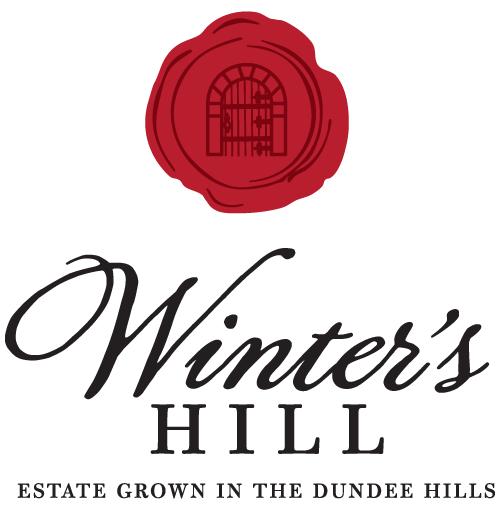Published May 23, 2024
This story first appeared in our subscriber email. View previous campaigns and join the list!

Last weekend we hosted our first Winemaker’s Anthology and it featured many great questions from participants about our blending process. Below are three of our favorites.
Are you ever surprised when you taste your wines?
Yes, very often. When we trial blends of our wines, we are careful to taste them “blind” so that our results are not biased by our expectations. Sometimes 4 barrels that are delicious individually do work well as a group. Other times a barrel might have one dominant flavor, but lacks complexity.
When we add that wine to a group of 3-4 other barrels, the single flavor no longer dominates, but adds complexity to the entire group.
What made 2023 such a good year?
In 2023 we had consistently warm weather, without many extremes of hot or cold. That’s what Pinot noir (the Goldilocks grape) likes best. A long warm ripening period gives the fruit plenty of time to develop complexity and concentration.
Could you do this tasting with a wine other than Pinot noir?
You could try, but if you tasted 5 Merlots from different parts of a 25 acre vineyard, chances are they would all taste pretty similar.
One of the things that makes Pinot noir so special is its ability to reflect its terroir: the soil, slope, climate and winemaking that produced it. Small differences in the source of the grapes can make big differences in the taste of the wine.
As a result, even though all of our wines come from one small vineyard, small differences in their block of the vineyard can equal big differences in the taste of the wine.










